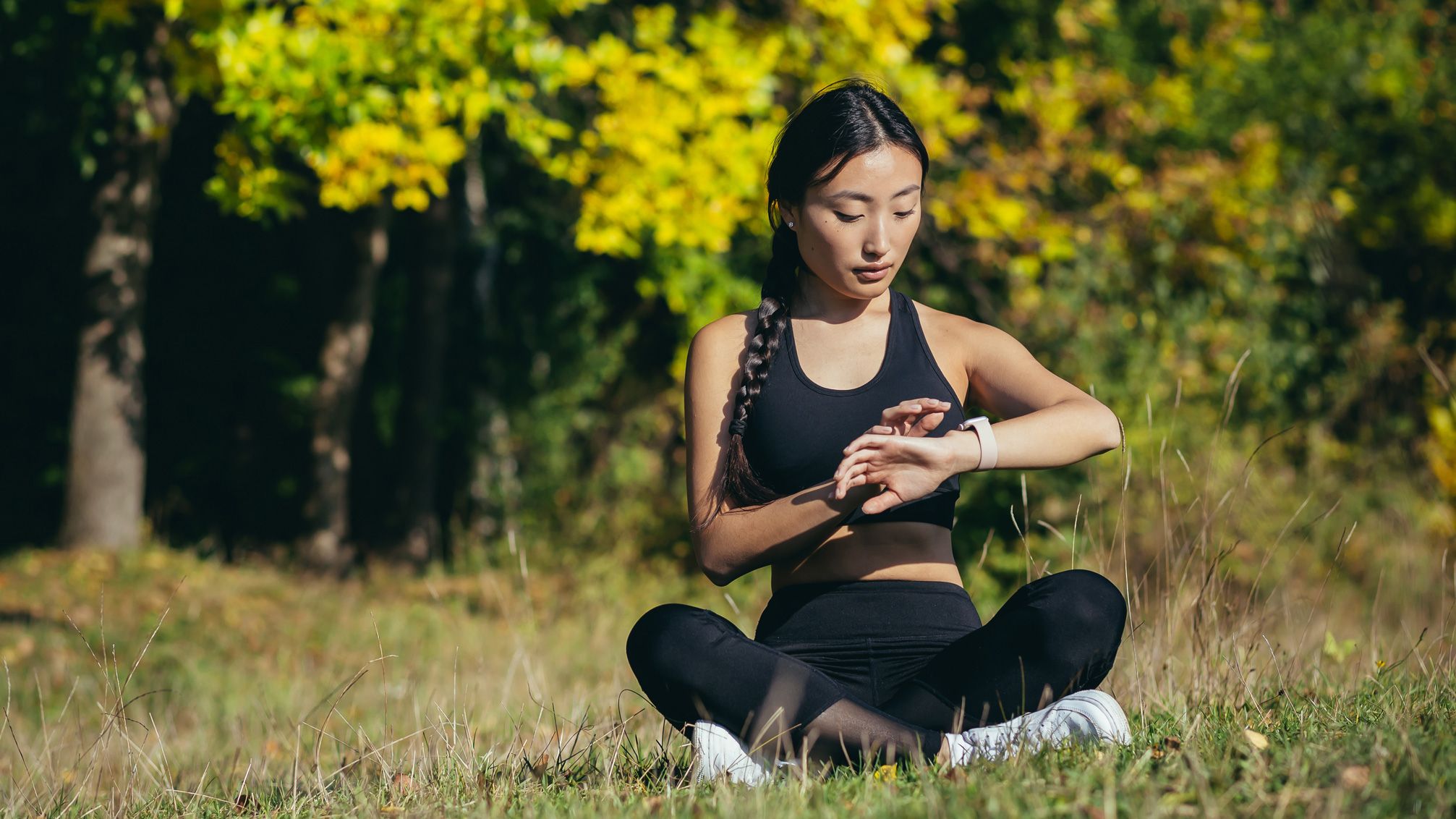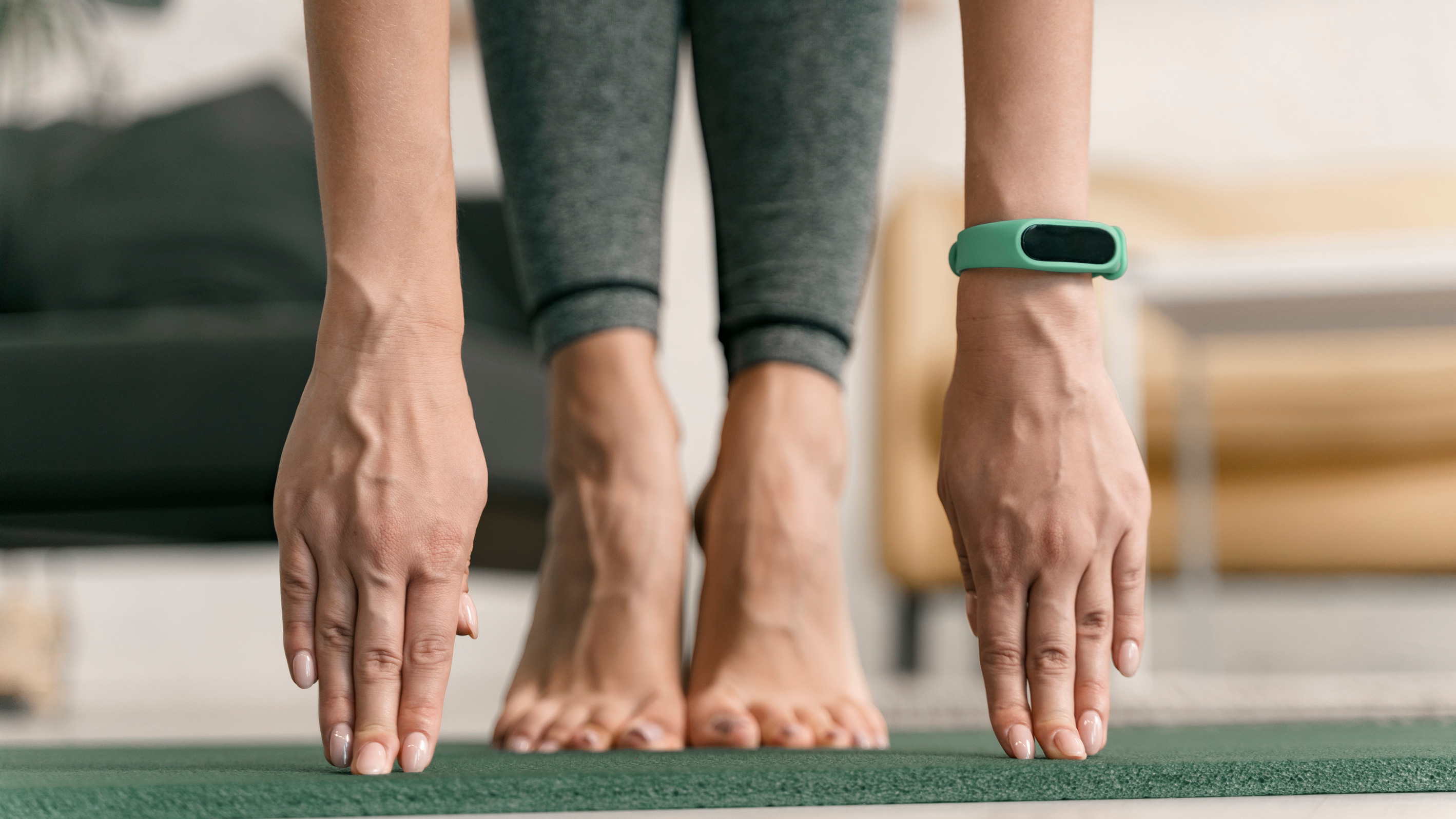No, tracking yoga with your Fitbit or Garmin isn't completely useless
It will help form that picture of overall health

It’s easy to see how Fitbit, Garmin, Polar, and other fitness watches can be useful companions when tracking exercises like running or cycling. During repetitive endurance exercise, fitness trackers and smartwatches are able to monitor the pace and speed at which you move, combining it with your heart rate, oxygen levels, and the difficulty of your route to provide a great snapshot-by-numbers of how your workout went.
But yoga is a little more difficult. All the smartwatches listed above, and indeed any fitness watch worth its salt, tend to have yoga sports profiles available to them. But when you roll out your best yoga mat, you’re not getting the same experience as a run, and it’s a lot more difficult to measure success than your fitness tracker (even the ones in our best fitness tracker list) might have you believe.
You can’t beat a personal best during yoga in any meaningful way you can record on a watch. You might be able to hit a new pose you couldn’t do before, or you might finally get your heels on the floor during downward dog, or go through the whole class without once thinking about your inbox, feeling present for the practice. All of those count as progress on the mat.
But your watch or fitness tracker wouldn’t be able to tell you about these personal bests in the same way it can for runs, rides, and swims because it doesn’t have the technology or language to be able to do so. It can record your heart rate, calories burned, and exertion levels, but it’s using the same “language” as it does to record a HIIT session, for example. Most watches use a generic “multisport” statistic recording mode and just label it “yoga” in your activity log. That’s about as sophisticated as it gets, although some higher-end Garmins are able to monitor your breathing during yoga flows.
Even Garmin’s strength training mode - for all its faults - allows you to set specific exercises, and its motions count sets and reps. Likewise when it comes to swimming, as many watches can now track individual strokes. No watch has the ability to do this with yoga poses, and because of how varied the practice is from class to class, I don’t think any convenient piece of technology ever will.
Occasionally, the watch might even prove an unwelcome distraction, especially if recording a workout means dealing with an always-on display and regular beeps. If you’re worrying about your vital stats during yoga in the same way you fret over your pace during a run, you’re not quite going to hit the balance most classes encourage. Yoga is often thought to be a place to escape from notifications: inviting them into the studio seems crass, especially if your watch is on loud.

But, providing your watch or tracker is silent and its light-up face does not disturb other yogis, I do think the yoga sports profile has a place on modern watches and trackers and should remain a fixture.
The aim of apps like Fitbit Premium, Garmin Connect, and Google Health is to become a one-stop-shop for all your health and fitness data gathering everything from sleep to your step count, and your changing weight (if you’ve got one of the best smart scales that connects to your app of choice, such as the Fitbit Aria or Garmin Index models) right through to your activity logs.
Although yoga isn’t necessarily something you can measure by heart rate and bodily responses alone, it’s still great to keep a log of it. When you take a look back at how much exercise you did that week, your yoga session is right there along with the rest of your workouts. And maybe the stats aren’t impressive, but that’s not why we practice: it’s like journaling about your experience but from a physiological perspective rather than a mental one. Most apps allow you to rate how you felt after a workout with a selection of smiley faces: which fits into yoga’s emphasis on reflection and being present in your body for the duration of the workout.
On the other hand, like any form of exercise, recording it might allow us to see some progress. If yoga leaves your heart racing and out of breath as you make an effort to hold those difficult poses for the first time, you’ll be able to see an improvement as you compare your physical responses to the sessions over weeks and months.
You’ll also be able to see your heart rate drop, or not, during any meditation that might occur during the practice. If your stress levels are still high even after those few minutes of mindfulness at the start or end of your workout, it may be worth thinking back to the session, speaking to your instructor, and getting to the root of the problem.
Even though it’s just you and a yoga mat out there (and if you’ve not got one, read our advice on how to choose the right yoga mat), a fitness tracker or smartwatch can help you reflect on your practice and record your progress, even if those records are somewhat incomplete.
Get daily insight, inspiration and deals in your inbox
Sign up for breaking news, reviews, opinion, top tech deals, and more.

Matt is TechRadar's expert on all things fitness, wellness and wearable tech.
A former staffer at Men's Health, he holds a Master's Degree in journalism from Cardiff and has written for brands like Runner's World, Women's Health, Men's Fitness, LiveScience and Fit&Well on everything fitness tech, exercise, nutrition and mental wellbeing.
Matt's a keen runner, ex-kickboxer, not averse to the odd yoga flow, and insists everyone should stretch every morning. When he’s not training or writing about health and fitness, he can be found reading doorstop-thick fantasy books with lots of fictional maps in them.